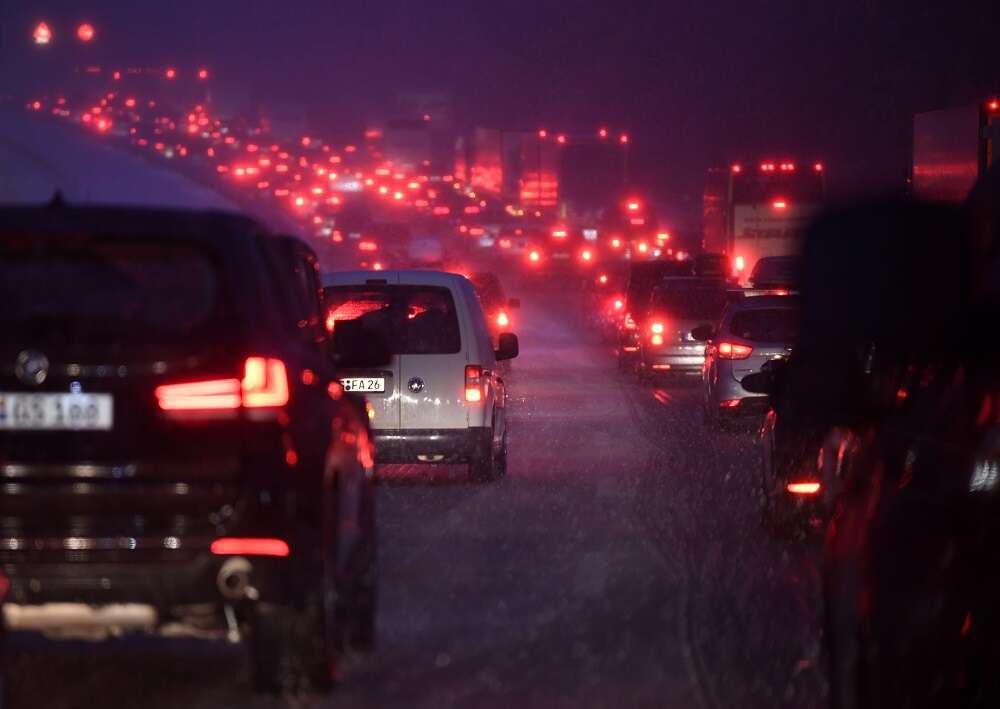
By Philip Blenkinsop
BRUSSELS (Reuters) – The European Commission proposed on Thursday broadly tighter limits for vehicle emissions of harmful nitrogen oxides and particulates, including new standards for pollution from brakes and tyres.
The European Union has progressively tightened limits since “Euro 1” in 1992. The next standard, Euro 7, is designed to apply to cars and vans from July 1, 2025 and to buses and trucks two years later.
The Commission proposed lower emission limits for trucks and set levels for cars and vans at the lowest values of the current Euro 6 standard. So for example, nitrogen dioxide limits for diesel cars will be lowered to 60 milligrams per kilometre, the present standard for gasoline cars.
The proposal broadens the driving conditions covered, such as extreme temperatures and short daily commutes. It also extends the period for which standards must apply, doubling it for a car to 200,000 kilometres or 10 years.
New limits for the tiny particulates from braking and tyre wear are added. Vehicles will also need to be equipped with on-board emissions monitoring systems.
The Commission says 70,000 premature deaths are caused by road transport emissions each year, three times the number of road accident fatalities and that the health cost benefits far outweigh the costs.
The new emission standards come after a deal the bloc struck last month effectively to ban the sale of new petrol and diesel cars and vans from 2035.
European auto manufacturers association ACEA said the proposal would bring higher vehicle costs with very limited environmental benefits and risked slowing the transition to zero-emission transport.
For trucks in particular, manufacturers would have to shift resources from investments in batteries and fuel cell vehicles.
Greens European lawmaker Bas Eickhout called the proposed standards lax.
“In China and the U.S., several standards have now been tightened, but the Commission is giving industry a free pass to do virtually nothing about emissions from petrol and diesel vehicles for the next decade,” he said in a statement.
(Reporting by Philip Blenkinsop; Editing by Chizu Nomiyama)


